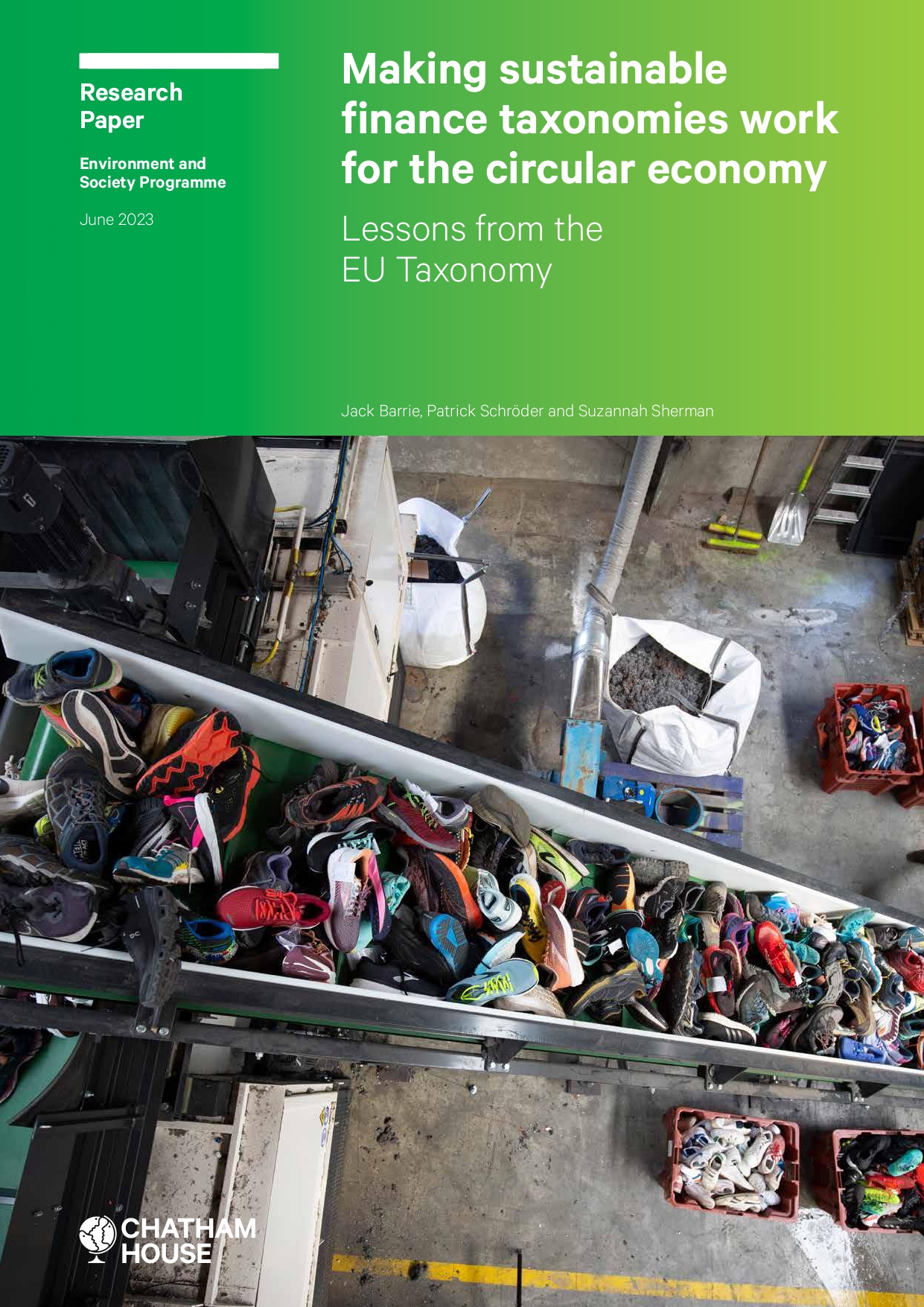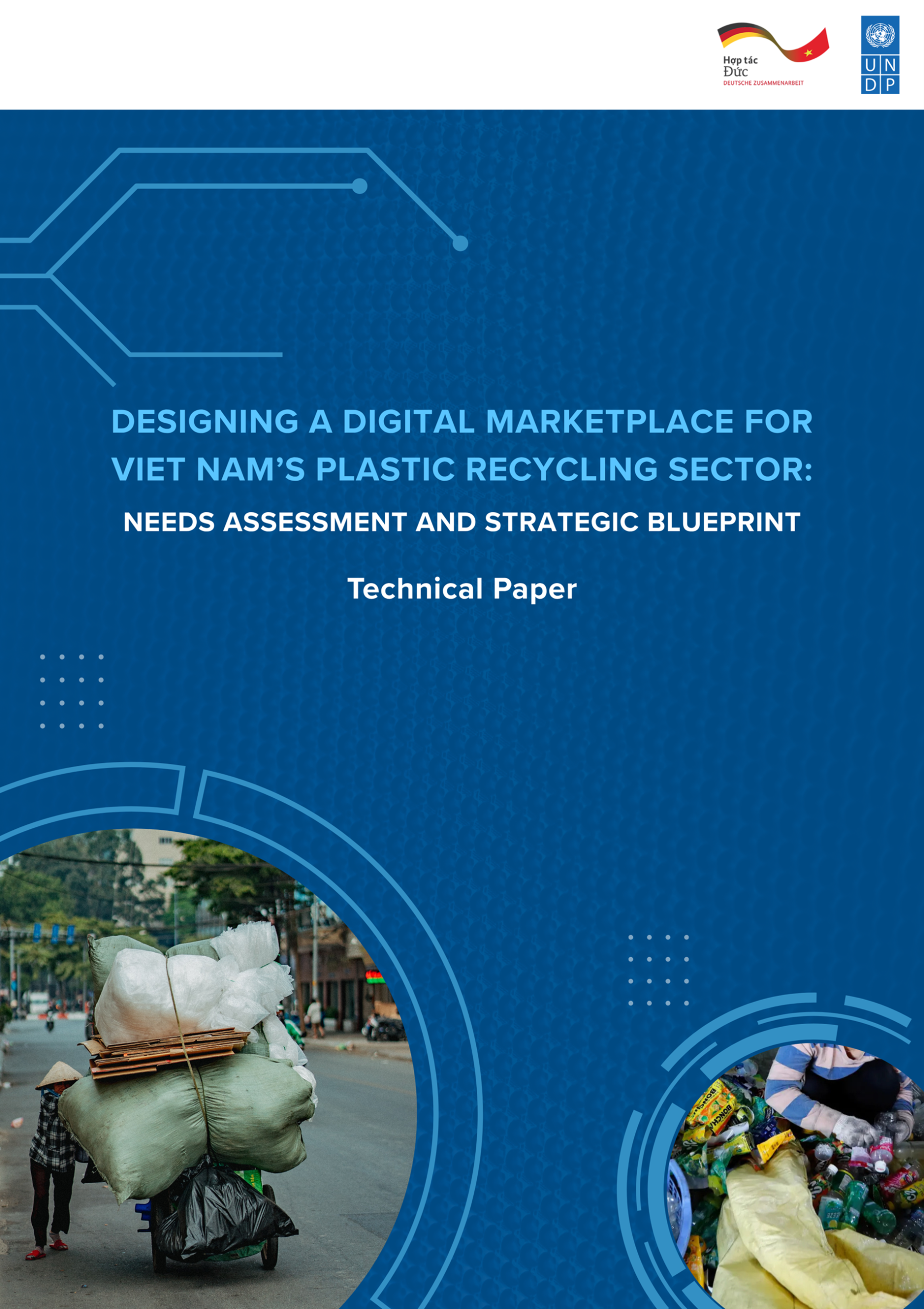Sustainable finance taxonomies for the circular economy

Circular economy initiatives face a significant gap in the availability of finance. Annual worldwide circular economy spending by the corporate sector is estimated at around $850 billion, compared with $35 trillion spent on existing ‘linear’ economic models. Awareness of the circular economy among investors and in the financial sector generally is still low, and there is a lack of tools available with which to define and measure those activities that substantially contribute to the circular economy transition, as well as the investment opportunities and risks associated with those activities.
Sustainable finance taxonomies – i.e. shared classification systems for defining environmentally sustainable investments – could help unlock the additional investment needed. Many countries currently developing their own taxonomies for sustainable finance (such as South Africa and the UK) will look to the EU’s Sustainable Finance Taxonomy as an example. This research paper therefore presents a case study of the EU’s Taxonomy in Chapter 2, exploring how the circular economy considerations have been incorporated into it and the challenges of doing so. Chapter 3 outlines the most significant areas for consideration when embedding the circular economy within a taxonomy with respect to its: (i) architecture, (ii) usability; and (iii) wider enabling policy environment. Chapter 4 concludes the paper with recommendations to inform the development of other sustainable finance taxonomies.
Insights and recommendations for this paper were derived from a series of round table sessions hosted by Chatham House and E3G that brought together over 100 public, private and third sector stakeholders involved in the development or operationalization of a sustainable finance taxonomy.
The findings are valuable for both taxonomy creators and users, and are particularly timely for policymakers – such as those from South Africa, the UK and the ASEAN region – currently in the process of integrating the circular economy within a sustainable finance taxonomy.












